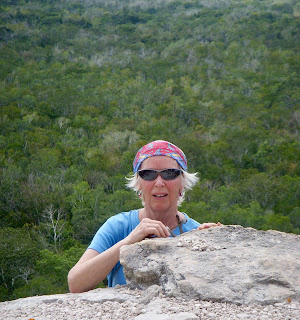Dear Readers,
And I do mean dear. Thank you for sticking with me and my Ordinary Life blog, which I have been posting on Google's free Blogger platform sporadically since my first entry on June 2, 2009.*
 |
| Lost in techie wilderness! |
The freaking tech giant (Google) announced a couple months ago that it would be discontinuing emailing posts to blog subscribers as of July 1, 2021. They suggested bloggers find some other way to get their posts to subscribers.
What was a techie dunce to do? The answer arrived in a timely email targeting bloggers left in the lurch. A company called follow.it offered to take on the subscription task and extended technical help to install a new subscription "gadget" on blogs and to import existing email subscribers at no charge. I did end up paying someone to help me, but I appreciated follow.it for their gesture.
Perhaps you'll notice on this post the new email subscription form on the right, which is larger than before. If you got this post via email, no need to reenter your email address. (If you have a minute, though, I'd appreciate knowing that this post arrived in your mailbox, even if you're reading it on Facebook.)
How and why you subscribed to my blog (thank you again!) is a mystery. Except for family and friends, drawing new readers is a challenge. You might notice in coming posts invitations to "share." Please consider doing that.
*That first post in 2009 was titled Another Day, Another Storm. I accidentally discovered much later that Blogger tracks readership stats for every post. NO ONE READ IT. Here's a screenshot of my first attempt at blogging 🤪. Probably best it wasn't seen.







































